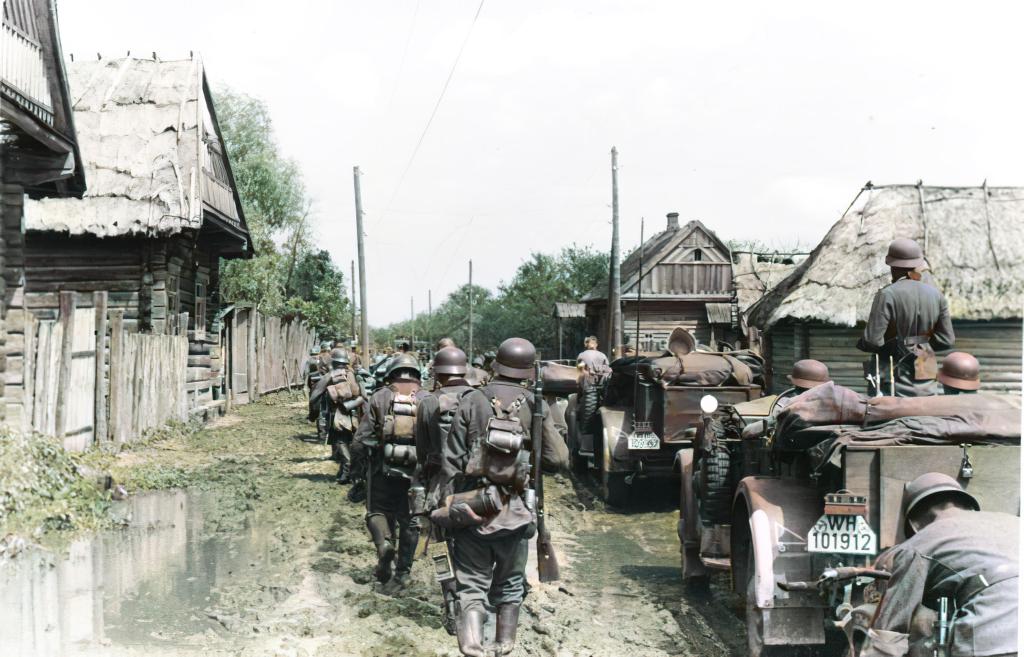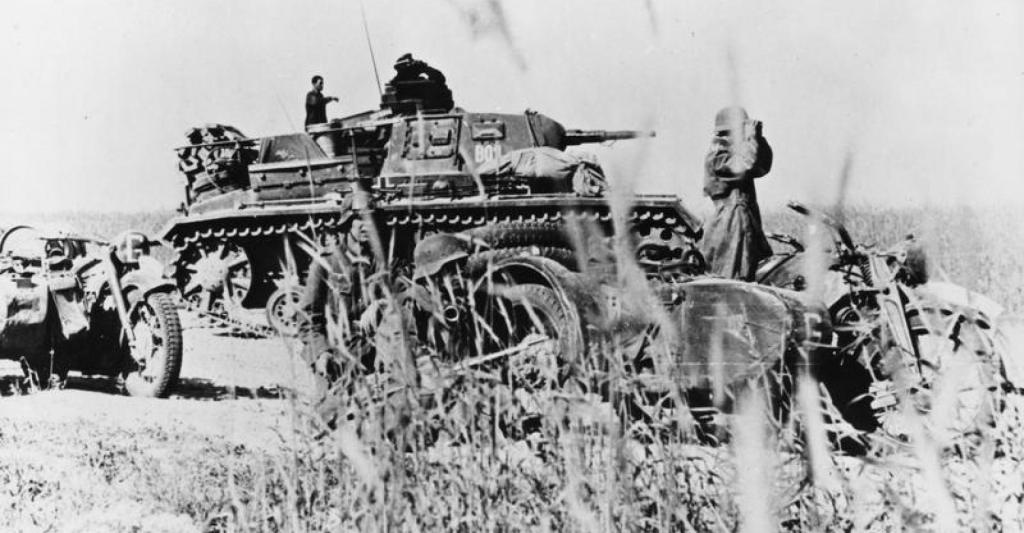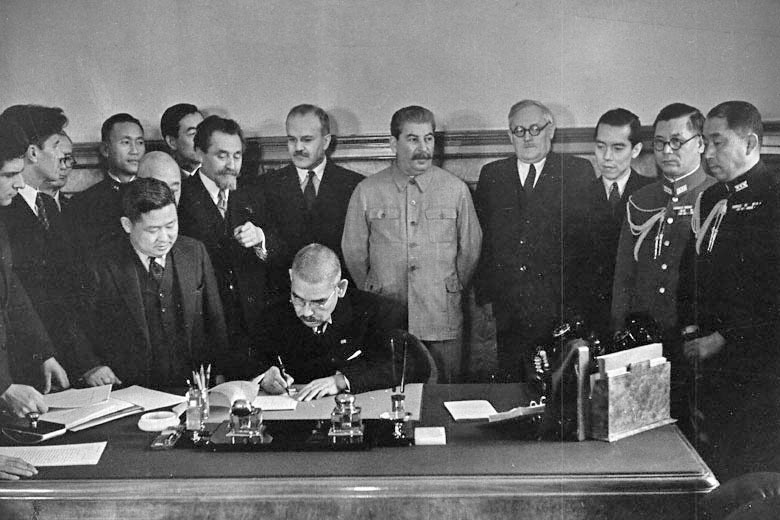While the panzers were rampaging east across the Soviet Union, capturing Minsk and Smolensk, and closing in on Leningrad and the north and Kiev in the south, other strategic opportunities were also opening up for the Germans. The fight with Great Britain was now mainly focused at sea, though both sides continued to launch bombing raids on one another’s cities. Sometimes the U-boats seemed to gain the upper hand, at other times the British convoy system did enough to protect enough shipping to keep their island nation in the war. Churchill had become so desperate that in fall of 1940 he had traded 99-year leases to the United States on British territories as far apart as Newfoundland and British Guiana, as well as in Bermuda and across the Caribbean, in exchange for 50 old destroyers. Increasingly, as 1941 wore on, the United States Navy was taking a more aggressive posture in protecting the shipping lanes in the Atlantic, as Roosevelt hoped to repeat Woodrow Wilson’s strategy of using sinkings by the German submarines to persuade a reluctant public to support war against Nazi Germany.
While the war at sea was indecisive, General Erwin Rommel was doing wonders in the Saharan Desert with his small force. The Italians had suffered disaster after disaster at the hands of the British Army, in spite of considerable numerical superiority. Only the dispatch of a small force of German mechanized and panzer divisions saved the fledgling empire to which Mussolini was clinging.
But they did more than stave off disaster. Taking advantage of Churchill’s blunder in stripping his African armies to an ill-fated expedition into Greece, Rommel struck hard and fast, and sent the British reeling back across the flat and barren desert. The Sahara, flat and barren, was quite as good a country for tank warfare as the steppes of Ukraine, and Rommel took full advantage. By early April, he had laid siege to more than 40,000 British and Commonwealth troops in the important Libyan port of Tobruk. However, his forces were too small to crack the defenses, which were primarily manned by tough Australian troops.

Over the next several months, Rommel and his British counterparts engaged in battles of maneuver across the desert, which included a brilliant dash over the border into Egypt by the vaunted Afrika Korps. However, Rommel’s force was never quite large enough to seriously threaten the Suez Canal. His supply lines extended hundreds of miles back to Tripoli, and the British Navy and Royal Air Force seriously threatened his supply lines across the Mediterranean.
Hitler’s laser-focus on the war in Russia kept him from recognizing the enormous opportunity presented in Africa. With just another panzer division or two, with just a few more Luftwaffe squadrons to protect the shipping out of Italy, Rommel very likely could have seized Alexandria and shut down the Suez Canal, dealing a deadly wound to the British Empire. This would also have opened the door to an advance into the Middle East, where many of the Islamic rulers were friendly towards Nazi Germany, and abundant oil supplies could be found. But support for such an ambitious endeavor would have required stripping down the forces engaged in Russia, or else dangerously exposing the long coastline of the empire the Wehrmacht had conquered along the northern, western, and southern coasts of Europe.
As it was, Rommel had just enough strength to keep the British at bay, but not enough tanks, fuel, or superior German troops (the Italians were often brave, but no math for the British) to finish the job. He managed to fend off Claude Auchinleck’s major counterattack, Operation Crusader, in November of 1941, but his forces were so exhausted that he had to relinquish the siege on Tobruk, and retreat back across the desert. The British breathed a sigh of relief, and once again ambitiously expected to have Africa cleared before very many months passed. But Rommel was not quite done yet. The next summer would find the Afrika Korps back at Tobruk again, and threatening the British hold on Egypt and the Suez Canal. But before that could happen, historic events would occur in the killing fields of the Soviet Union, and in the Pacific, that would change the course of the war and the history of the world for years to come.









